| Warning : there are rude words in this post... In the last week, tributes have rightly been paid to the venerable BBC, CNN, Reuters and Wall Street Journal news manager : Chris Cramer. And I have to confess, I didn’t know up ’til now, how much journalists like me owe him for trying to make the job of reporting safer. In fact the two anecdotes about him, passed on to me by senior colleagues years ago, weren’t complementary… | |
Chris was one of the BBC’s editors in charge of implementing something called “bimedialism” - reporters working for both TV and radio. We were structurally separate in those days. In fact, in Belfast I was working for Current Affairs, another unit. And that word, bi-medialism, indicates another historical curiosity : no internet journalism so far!
At one press conference called by the European Commission, to boast about new farming subsidies for Northern Ireland, I found myself there for our daily radio programmes. A Radio bulletins reporter was there. A TV reporter was there. A Business correspondent was there. And the Agriculture correspondent was there too. All wanting their interview. Imagine!
| My output as a journalist increased by about a thousand percent in coming years I feel : as I began to edit my own sound (banned back then), write for online news, even shoot my own video. Back in 1989, I wasn’t even allowed to type the scripts for transmission! That was the job of a secretary. Generally a woman. |
Some worried, fair enough, about being overburdened, serving so many outlets.
And some took their trenchant complaints to Chris Cramer.
To one upright journo, Chris simply stood up from behind his desk, walked to the window overlooking the ancient bomb site opposite Television Centre, and pretended to shiver.
“Brrrrr - it’s cold out there, isn’t it?”, he said. That was the end of the discussion.
I’m also told he coined the acronym “FIFO”
- from his phrase “Fit in, or Fuck Off”.
The truth is he was terse and determined. He was also loyal and cared hugely about his colleagues’ safety in the field. And now I realise I felt his effects on my working practices around that time.
| We began to be sent on training courses to learn how to deal with covering stories in war zones, or sites of humanitarian tragedies like earthquakes. The same as many old hands I worked with, I must admit I scorned the idea of training at the time. There was somewhat of a macho disregard for personal safety. |
My first stint at BBC Northern Ireland was on work experience - and I remember a fellow student, not even out of college, returning from reporting on a riot - bleeding from a scalp wound. Bernie had been hit with half a brick, caught up in the melee. She was shaken. That wouldn’t be allowed now, and it shouldn’t have been allowed then.
In radio, you don't have a camera operator (and in those days sound recordist) to mind your back.
- That could make a big difference.
Journalists sometimes need to be protected from themselves - from their ambition and courage. Not that I subscribe to the idea that some stories cannot be covered because they are too dangerous.
And I was royally fed up with safety assessment forms when they came in - although there was one funny aspect to them. The default online form had a bug, which meant that “Armorer must be present” was always ticked by default. Which unless you unticked it, could mean an expert in guns and explosives would be present in the studio when you invited Mrs Miggins to come in and chat about her pedigree cats.
| Anyway, it wasn’t until I’d been in the close vicinity of bomb attacks, shootings and very angry people for 12 years before I was sent on something called a Hostile Environment Course. “Are you Hostile?” you might be asked by a boss considering sending you on a story. One’s answer was sometimes facetious. |
The SAS medic who taught me had been recruited from the National Health Service - a regular nurse. “I used to be nice, really sweet...” she told me, and her eyes betrayed some of the horrors she must have seen.
I enjoyed being “kidnapped” by former marines and SAS soldiers to be interrogated, knowing I wasn’t really going to be shot in the head. I spoiled the effect a little when roared at to “Get the fuck on the floor!”…
...I replied with a jaunty “Right-oh, old boy!” instinctively.
But I did take it seriously. We learned how to drive defensively, read maps, search for landmines. We were told about a former colleague from Northern Ireland attending this course, who had been discovered cradling a mannequin - a dummy with injuries which had been placed at the site of a fake explosion to make it seem real. He was comforting this dummy. And later he was discovered, barricaded in his room. Some awful memory had been triggered. PTSD, doubtless.
| Chris Cramer said he suffered from Post Traumatic Stress Disorder himself, after he was taken hostage during the Iranian Embassy Siege in 1980. Gunmen protesting against the rule of Ayatollah Khomeini took control of Iran’s embassy in London, just when Chris and Sim Harris (his sound recordist) were there picking up visas. The press officer they talked to was shot dead. |
The SAS used that knowledge when they assaulted the embassy and successfully ended the siege.
He felt lucky only being held hostage for 24 hours. But had been terrified. It gave him huge sympathy for journalists in the field. And a determination to make conditions better for them.
But years later I do remember going to a series of long-drawn out violent demonstrations with a new red rucksack containing things like safety goggles, knee pads and a set of flame-proof disposable paper underpants.
“Tim - take this…” said colleague Mervyn. He handed me a pencil eraser. “It’s for rubbing clean your paper pants when you shit yourself!” Brilliant.
The kit was actually useful in two ways, and the second was that it got you to think about your safety.
Even covering more token anti-austerity riots in Europe years later, ducking petrol bombs, that mental preparedness was handy. I have Chris to thank for that.
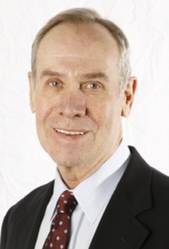
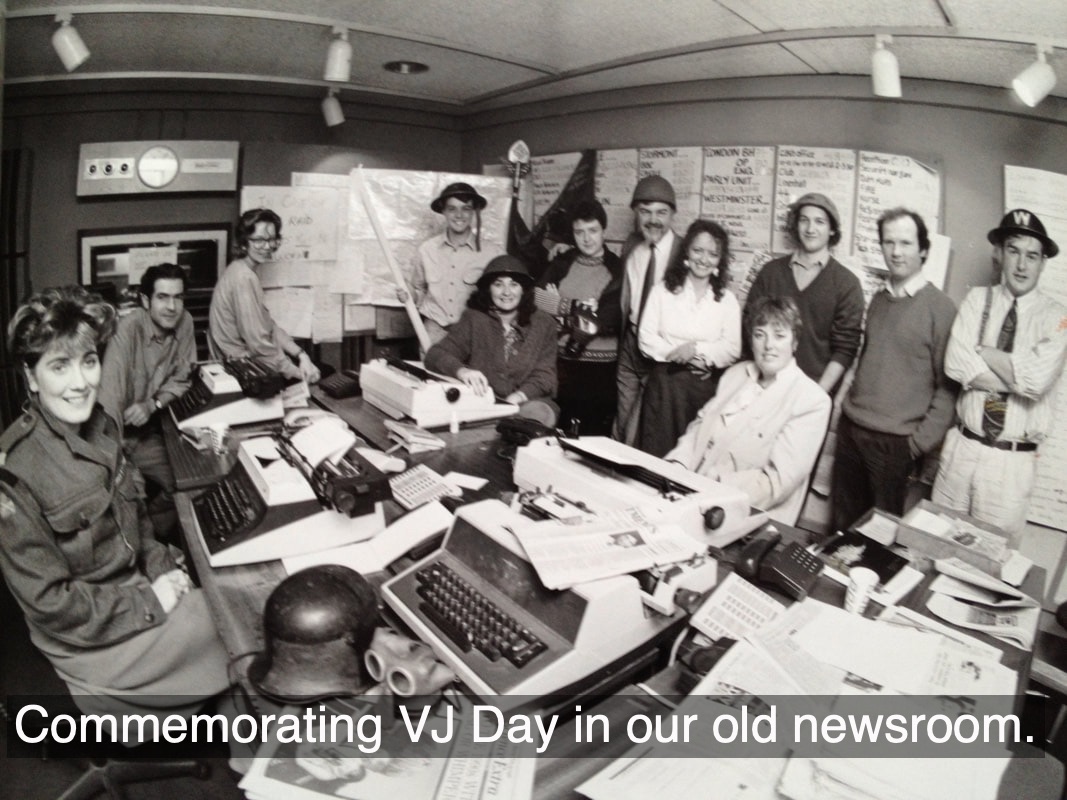
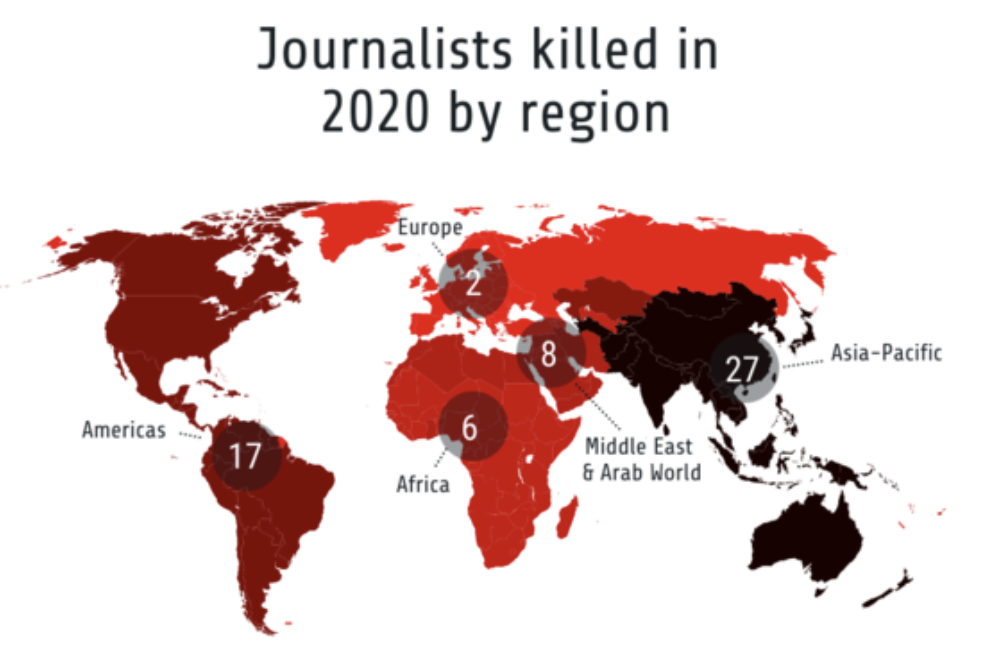
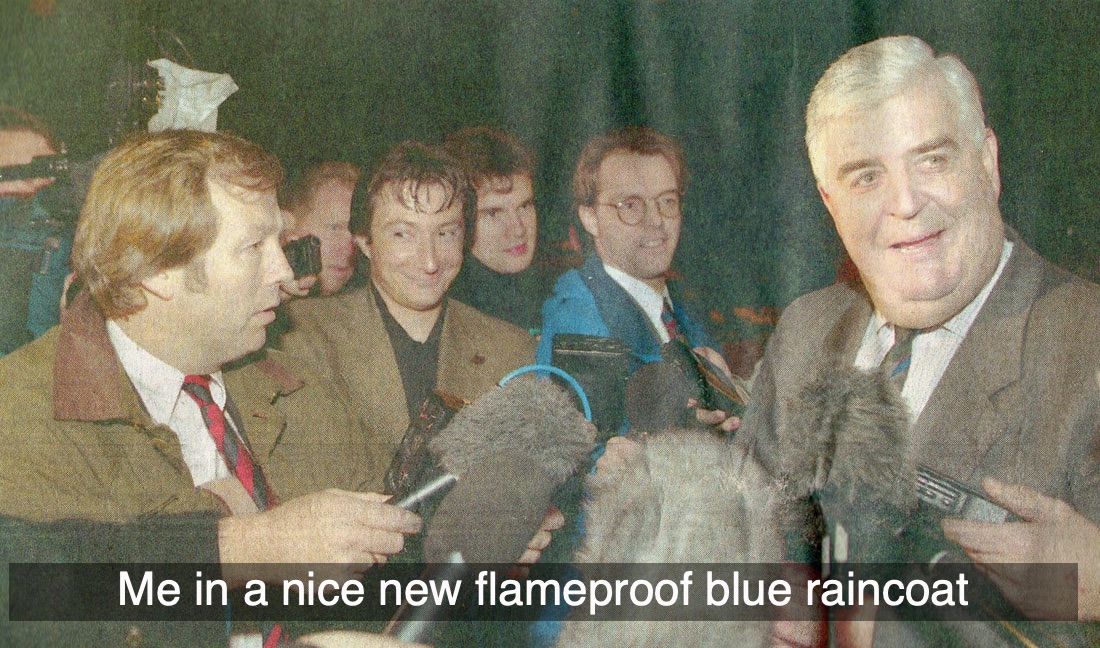
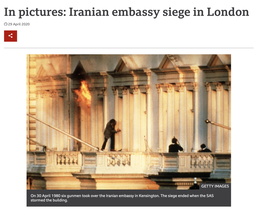
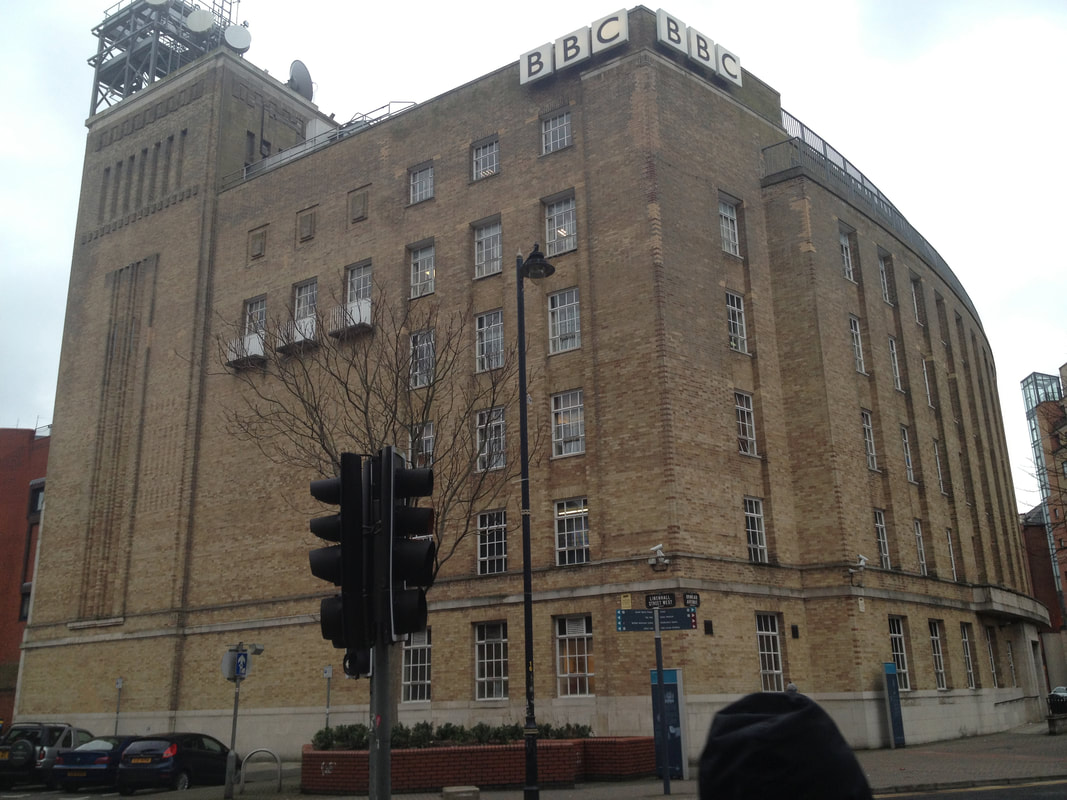
 RSS Feed
RSS Feed